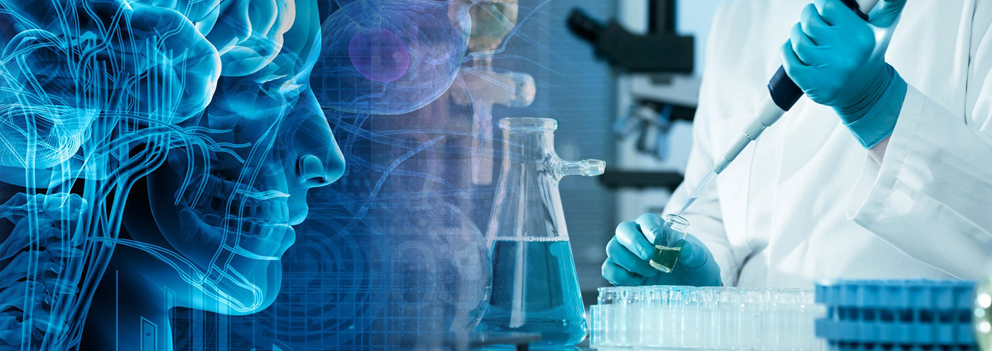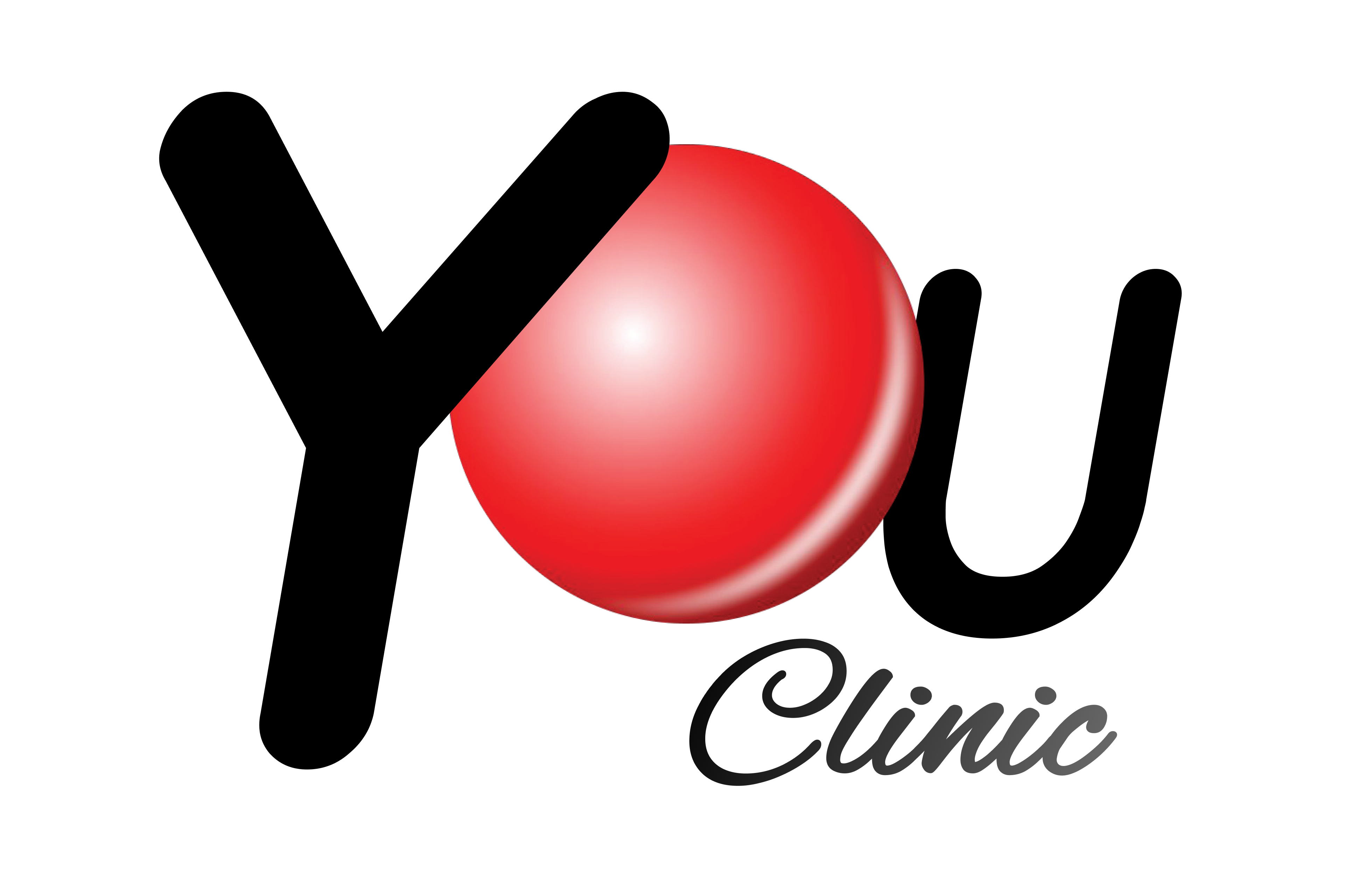Stroke – Brain Paralysis

Stroke – Brain Paralysis in Tukey
What is Stroke & How is it Treated with Stem Cell?
Stroke is typically caused by an abrupt interruption in the blood flow that supplies oxygen and glucose to a region of the brain, as well as bleeding into the brain tissue. Some refer to this as a 'brain attack' because it was inspired by a heart attack. In this case, brain cells suffer temporary or permanent damage. Permanent damage to the cells may result in permanent loss of function in the region of the body controlled by these cells; for example, when the cells in the right brain that control movement are damaged, a complete or partial stroke occurs, causing weakness in the arm and leg on the left side of our body.
Stroke Symptoms:
Weakness on one or both sides of the body: This is most commonly seen in the arms, legs, hands, and face. Arms and legs are typically affected on either the left or right side. Sensation loss on one or both sides of the body: Some people may experience sensation loss, numbness, and tingling in certain parts of their bodies. Speech difficulties: A stroke victim will have slowed speech, a lisp, or difficulty finding the right words. Some people have difficulty understanding what is said. Unconsciousness, drowsiness, not being aware of what is going on around him/her, inability to understand questions and things asked of him/her can be seen as a change in consciousness. Visual impairments: Stroke patients may have double vision, loss of vision in one eye, or a right or left visual field. Idiopathic sudden headache, headache, nausea, vomiting, and balance problems are all possible symptoms of idiopathic sudden headache.
Current Therapys of Stroke-Brain Paralysis:
Intravenous Thrombolysis: The brain blood flow that has deteriorated due to the occlusion of the vein feeding the brain must be corrected quickly in emergency stroke therapy. Every minute from the time of the stroke is critical in therapy. Intravenous clot-busting drug therapy (intravenous thrombolytic therapy) is administering intravenous clot-busting medication within the first 4.5 hours after the onset of paralysis symptoms. Tissue plasminogen activator (rtPA) recombinant, i.e., produced through genetic engineering, is used as a medication for this purpose. It should be given as soon as possible. This therapy dissolves clots and allows blood flow to return to normal quickly and effectively, resolving the stroke. If the patient's condition does not allow for the administration of this medication, or if the period since the occurrence of the stroke is too long, intravenous clot-busting therapy cannot be conducted. Other medications and therapy procedures will be recommended by your doctor.
Endovascular Therapys: If the main veins feeding the brain are obstructed by clots, the clot-busting medicine intrarevenous trombolysis, which is injected via venous channel to break down the clot mass inside these huge veins, will not be enough. In this scenario, the major goal of the therapy is to break down or eliminate the clot from the vessel.
Intraarterial Clot-Busting Drug Therapy (Intraarterial Thrombolysis): A thin and flexible catheter is inserted through the groin into the artery and advanced until the vessels supplying the brain and the occluded vein causing the stroke and the clot occluding them are reached. A tiny dosage of the clot-busting medication rtPA is injected into or near the clot.
Today, this approach is typically used as an adjuvant therapy method.
Mechanic Clot Removal Therapy (Thrombectomy): By the angiographic method, a thin and flexible catheter is introduced through the groin into the artery, where it is advanced toward the vessels feeding the brain and the occluded vein causing the stroke and the clot occluding it are reached. The clot blocking the vessel is aspirated from inside the vessel using special catheters with a large diameter or held and removed using special retractable stents from inside the vessel.
Stem Cell Therapy Method
Because tem cells have the ability to transform into nerve, brain, and muscle cells when they are stimulated, they are employed in the therapy of stroke. The stem cells implanted into the patient are stem cells that do not have this disease genetically. As a result, they replace the injured cells. The body's defensive system is strengthened, and swelling of the veins in the neck and brain is prevented or decreased. In this approach, they may be able to halt the growth of the disease, stop it completely, or cause it to regress. The success rate of the therapy is proportional to the patient's age, disease duration, and condition. If the disease has advanced significantly, therapy may be required more than once. The first goal in stroke therapy is to avoid future illness development and to adopt appropriate interventions. Physical therapy is the most popular and effective therapeutic option. Exercises soften the joints that the patient has been unable to move, making them simpler to move after some time. Physical therapy should be done on a regular basis. It may be difficult for the patient at times, but if done on a regular basis, the patient will undoubtedly benefit.Joint movements are more visible, and mobility has advanced significantly compared to the previous level. If medical care is considered necessary, it is administered. Medical therapies do not preclude the use of stem cell therapy. Surgery, on the other hand, is not dangerous and shows evidence of healing in a short period of time. Joint disorders are corrected in a short amount of time, and significant movement progress is made.
Method of administration:
The amount of cells to be supplied is decided by the patient's age and weight. Mesenchymal stem cells (produced from the patient's own adipose tissue or bone marrow) or fetal stem cells are used in therapy. The therapy of the patient is determined by the patient's condition. It can be done in three 45-day stints or four consecutive days. They can be given intravenously (through vascular access), and a small dose injected into an artery leading to the brain is preferable. The therapy regimen is totally tailored to the patient's condition, and each patient may receive a unique therapy plan.
Success Rates in Therapy
The size of the administered stem cells is small enough to pass through the brain cells. Therefore, the success rate of the therapy increases significantly in early diagnosis. Previous studies reported a very high percentage of positive results with stem cell therapy. This therapy significantly prevented progression to further phases of the disease in 79% of the patients and helped to resolve the existing serious condition.
- Alzheimer
- Cirrhosis
- ALS
- Autism
- Dementia
- Cerebral Palsy
- Impotence
- Infertility
- Heart Diseases
- Oligospermia
- LUPUS (SLE) Therapy
- LYME
- MS (Multiple Sclerosis)
- Muscular Dystrophy
- Parkinson’s Disease
- Rejuvenation
- Skin Rejuvenation
- Stroke – Brain Paralysis
- Autoimmune Diseases
- Ulcerative Colitis
- TINNITUS
- Type 2 Diabetes

